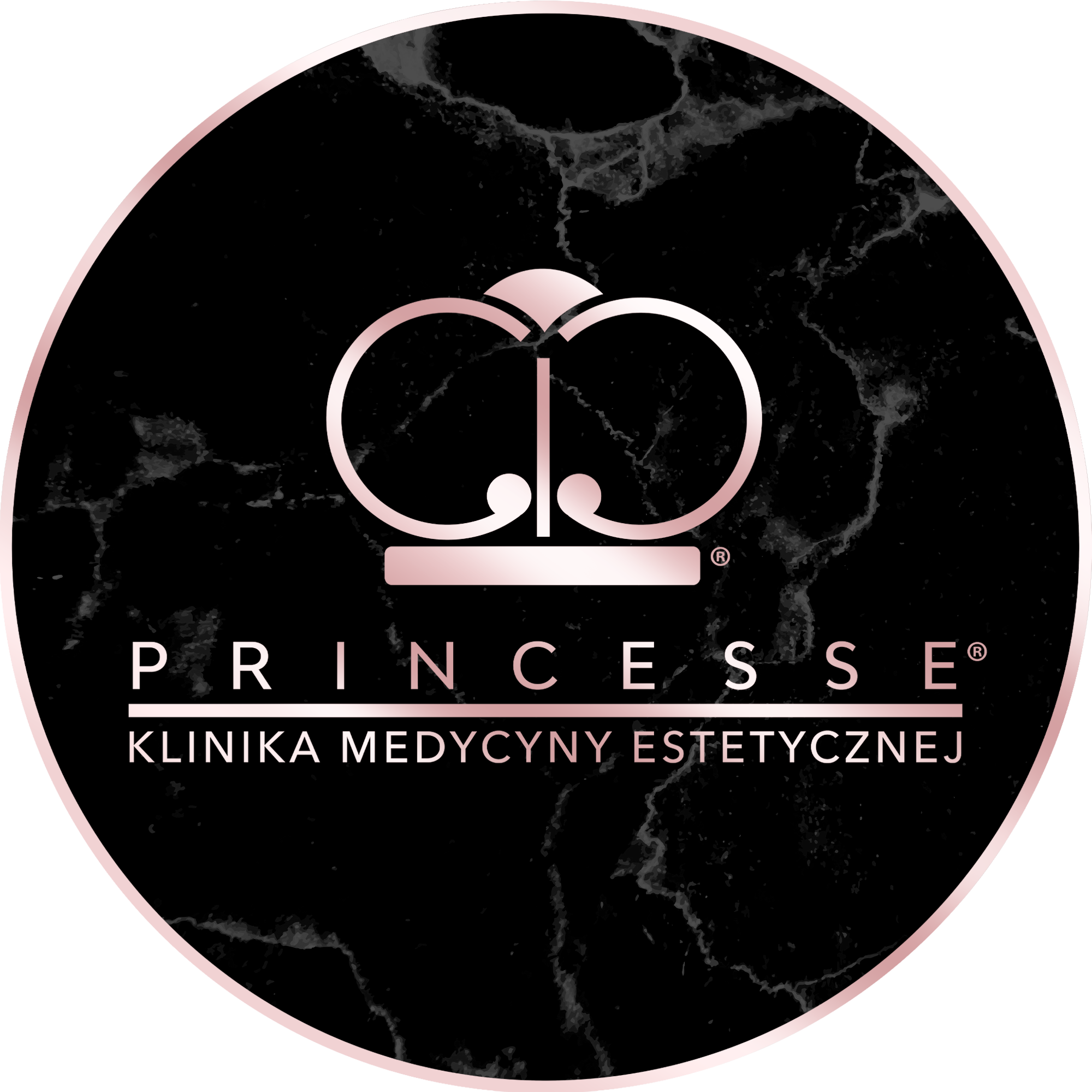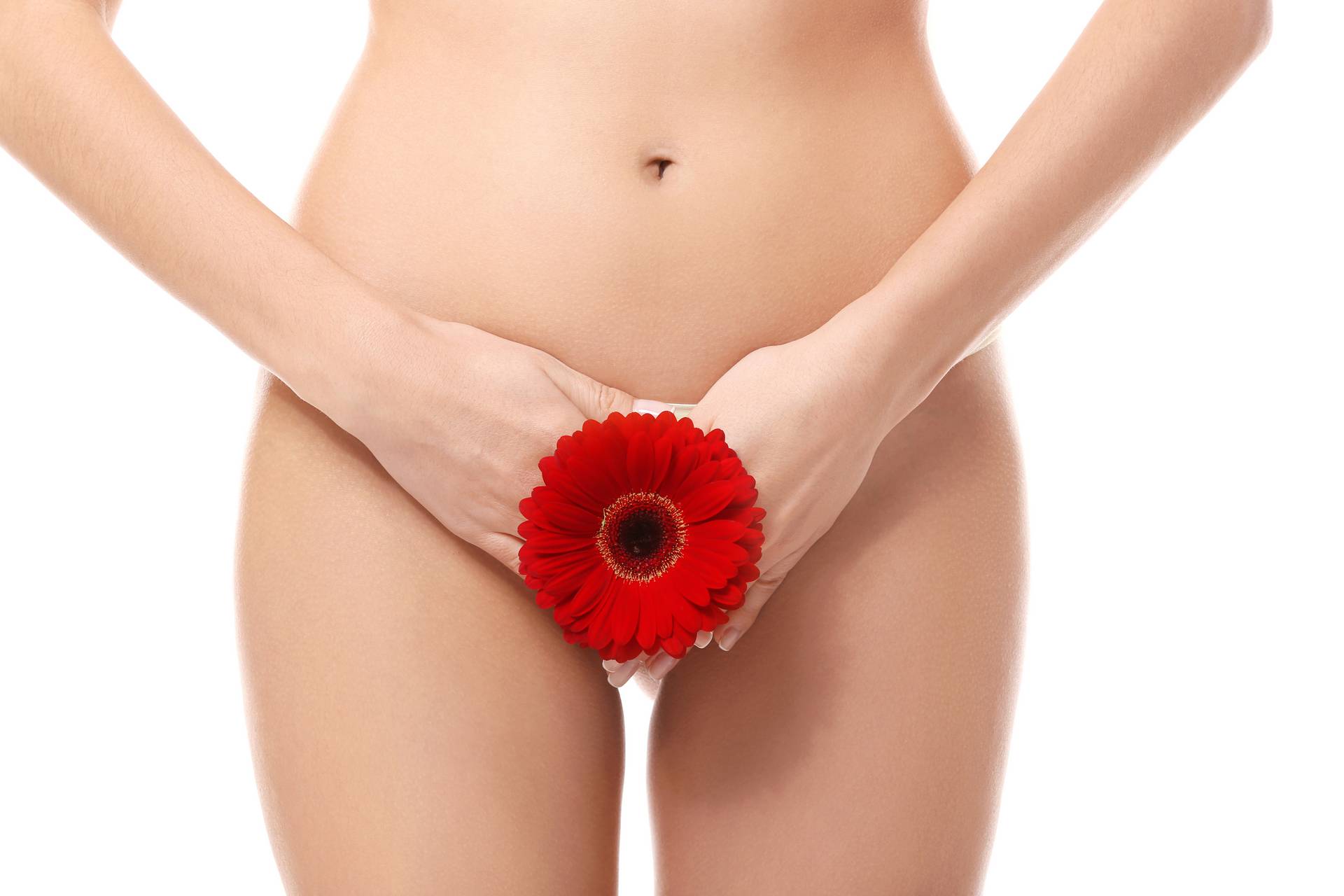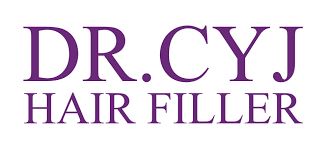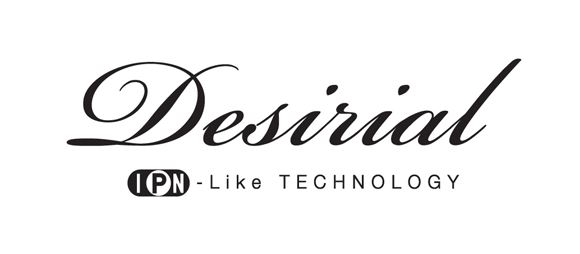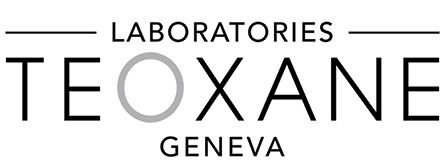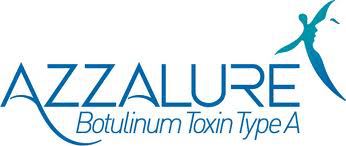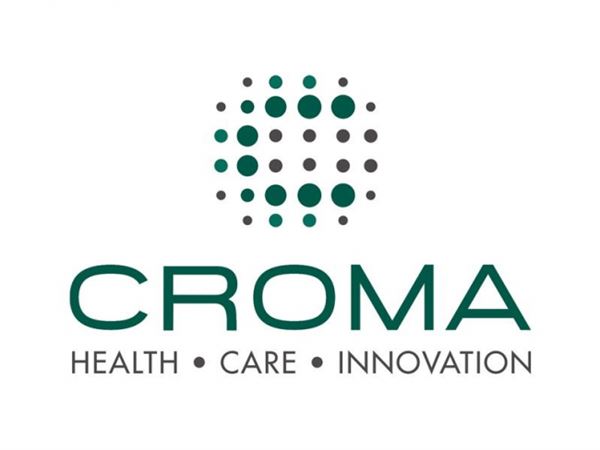Asymptomatic carrier of hepatitis B or hepatitis C.
Viral hepatitis often affects autoimmune reactions. It mainly depends on the stage of the disease as well as its activity. Only your attending physician may decide whether you are eligible for a aesthetic medicine procedure. Ask them for a written consent for the procedure. Only then, we can perform the procedure.
Diabetes.
In case of advanced diabetes wound healing is impaired. However, when treated and controlled, diabetes is not a problem. If you have diabetes, please ask your attending physician for a written consent for the aesthetic medicine procedure and present it to us on the day of the procedure.
Active cancer.
Cancer that occurred less than 5 years prior to the procedure.
Chemo- and radiotherapy
Autoimmune diseases apart from thyroid disease, acquired vitiligo, and alopecia areata. For example, these diseases include psoriasis, rheumatoid arthritis, lupus, myasthenia gravis, multiple sclerosis, amyotrophic lateral sclerosis, sarcoidosis, Crohn’s disease, ulcerative colitis.
Treatment with Izotec or its substitutes less than 6 months prior the procedure date.
Taking blood thinners or NSAIDs.
Steroids, except asthma medications and inhaled steroids, taken less than one month prior to the scheduled procedure.
Fungal medications or antibiotics taken less than one week prior to the procedure.
Tendency to keloids.
Hemophilia.
Epilepsy.
Pregnancy and breastfeeding. We do not perform procedures in pregnant ladies or nursing mothers, even with the physician’s consent. When it comes to children, one can’t be too careful!
Asymptomatic HIV infection or active AIDS.
Skin diseases in the planned treatment site.
Fever, viral or bacterial infection on the day of the procedure.
WHY IS IT WORTH VISITING PRINCESSE?
